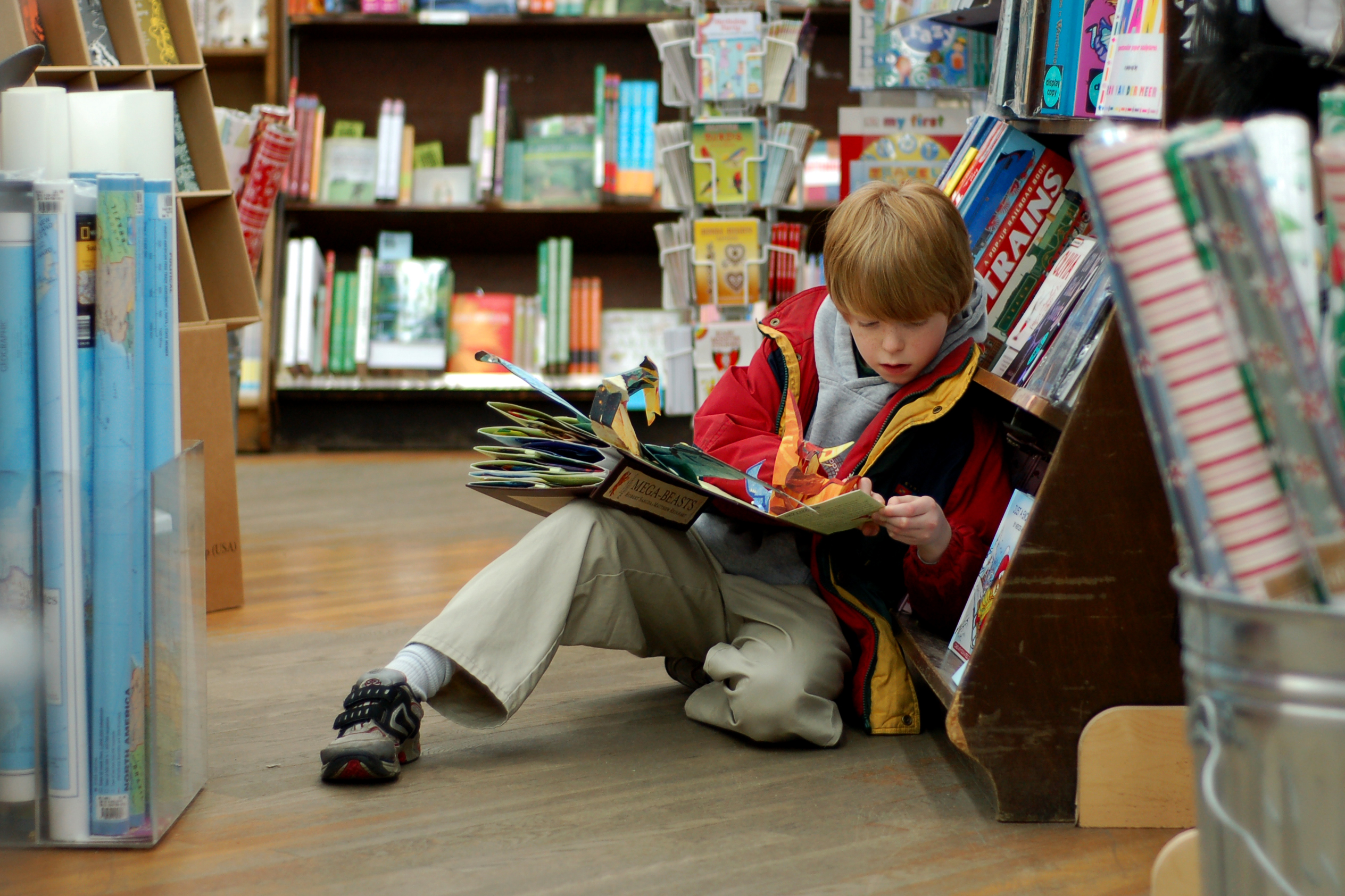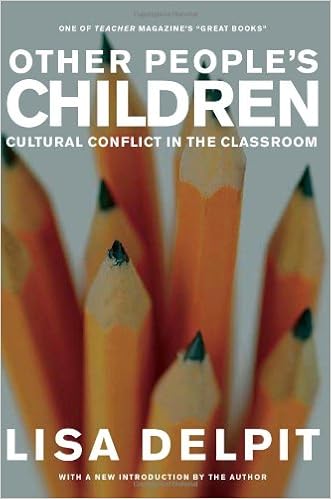 “Do me a favor,” I say, “and close your eyes. I’m going to ask you to visualize something. If I told you you’re visiting a school with a healthy culture of reading and writing, I want to you visit it in your imagination. Start with the lobby or entryway. Notice everything you see and hear as you walk through.”
“Do me a favor,” I say, “and close your eyes. I’m going to ask you to visualize something. If I told you you’re visiting a school with a healthy culture of reading and writing, I want to you visit it in your imagination. Start with the lobby or entryway. Notice everything you see and hear as you walk through.”
The exercise goes on for about thirty seconds. I ask the assembled room of teachers to walk the halls, look in on classrooms, listen in on the conversations in common spaces and between the folks they pass in hallways.
I ask them to pay attention to the adults and to the students equally. “Everyone is responsible for creating and sustaining culture, so make sure to observe and listen in on everyone.”
When each teacher has finished their tour, it’s tie to write. “Take five minutes and put it all out in writing. Capture as much of the detail as possible. If you draw a blank, keep writing, ‘and, and, and, and,’ until your brain fills in the holes. Trust that it will.” And, the room takes five minutes to write.
Next, I ask them to share with someone else in the room, not reading the writing verbatim, but distilling to key ideas. I limit the time to talk because conversations at this point are fully-fed and reproducing like tribbles.
The final step, jumping into a shared and open google doc where they answer one question as many times as they can, “What would it take to create the kind of culture you envisioned in your school?”
Again, the activity is timed. Most of the time, I’m having this conversation as a drop-in to a larger meeting. There are other atomized conversations about literacy on the agenda.
I’ve run this conversation several times in the last few months. As the language arts coordinator, it’s one of my favorites. The creativity and joy it elicits each time can be unfamiliar for your average professional meeting.
All of that said, we need to be having this conversation or some variant thereof as much as possible in schools of every level. From pK to 12, we need a picture of the kind of culture of reading and writing we’re hoping to inspire and establish if we want the people in our care to see themselves as readers and writers who aspire to ask and answer better questions.
Here are a few things I’ve noticed in each iteration of this conversation:
- No one – no matter their subject area – has ever said, “I don’t know” at any point of the process.
- No one has argued with the assumption what they’re being asked to envision is not important, worth their time, helpful to students, or a better version of what learning and teaching can be.
- Once they get started with the writing and the talking and the coming up with ideas of how to make it work, the conversations are difficult to curtail or contain.
- Almost every single idea these teachers generate for how to shift the culture of their schools is free to implement. When it’s not free, it’s low-cost or an idea any PTO would be thrilled to help realize these ideas.
So, let’s do it. Let us build a context around the atomized skills we’re all-too-clear our students need help building and then make it the norm that every person in our care instinctually knows our schools are places where our implied shared identity is one of curious readers and writers.




